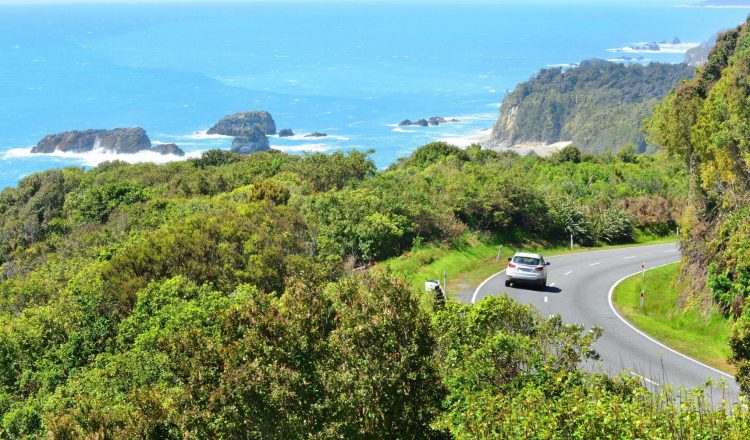젊은 운전자
제한 면허(restricted licence)를 소지한 운전자들은 다른 운전자들보다 치명적인 부상을 당할 가능성이 7배 더 높습니다. 데이터에 따르면 제한 면허를 소지한 젋은층에서 처음 6개월-12개월 동안 심각한 사고를 당할 위험이 생애 어느 때보다도 높으며 이러한 위험 증가는 부분적으로 운전 미숙에 기인합니다.
2019년에는 16-24세의 젊은 운전자들이 71건의 치명적인 충돌과 612건의 중상 충돌, 3,058건의 경상을 입었습니다.
위험 파악
충돌 위험은 운전 경력이 쌓이면서, 또는 위험한 상황을 파악하고 상황 대처 능력이 발달할수록 감소합니다.
젊은 운전자들에게 가장 위험한 두 가지 상황은 밤에 운전하는 것과 동승자를 태우는 것입니다. 그렇기 때문에 제한 면허 소지자의 경우 오후 10시부터 오전 5시까지 수퍼바이저 없이 운전하거나 동승객을 태우는 것을 금지하고 있습니다(예외 조건 있음).
혼자 운전하기
새내기 운전자에게 가장 위험한 기간은 혼자 운전을 하기 시작한 첫 6~12개월입니다.
운전 기술 향상
다양한 조건과 상황에서 운전 경험을 쌓는 것은 매우 중요합니다. 경험이 풍부한 운전자가 옆에서 조언과 안내를 해준다면 좋습니다. 주행 프로그램(The Drive programme)은 교통부(NZ Transport Agency)과 ACC(사고/고용보험부)가 공동으로 만든 무료 실용 주행 프로그램입니다.
제한 면허 시험 준비
제한 면허 시험은 높은 수준의 운전 실력을 요합니다. 재응시하려면 응시료를 또 내야 합니다.
자신있다면:
- 역평행 주차 또는 3점 방향 전환 – 평행 주차 2분 이내 완료, 운전 조작/전진/후진 4회 이내 완료
- 고속(70km/h 이상)에서 차선 안전 변경 – 올바른 신호 전달, 미러 확인, 고개 돌려 뒷차 확인
- 두 차선 가로질러 우회전 – 안전 거리 확보, 차량을 똑바로 배치하는 것 포함
이게 불가능하다면 아직 시험에 응시할 준비가 되지 않았습니다. 가능하다면, 해당 사이트에서 더 많은 정보를 찾아보세요.

















































